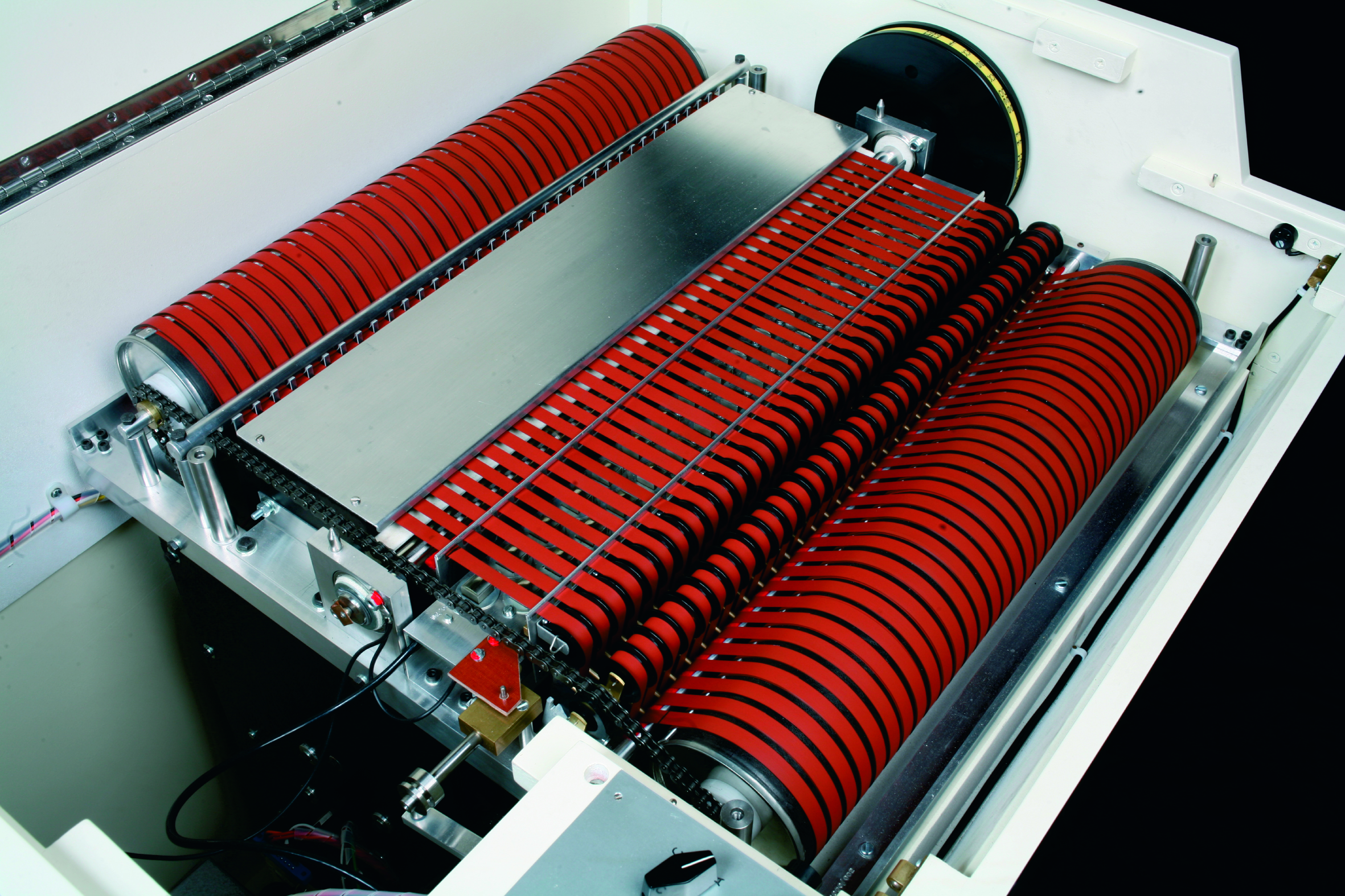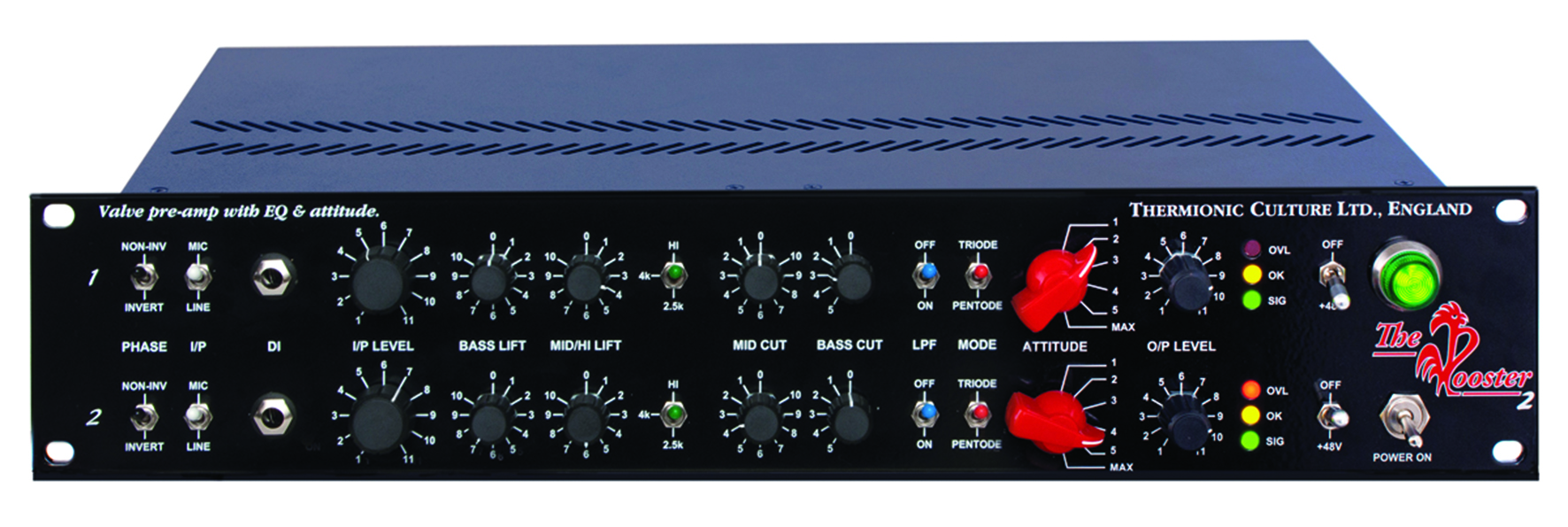Getting A Vintage Sound – The Advent Of Solid-State
In the final instalment of our guide to vintage sound we look at the the diversity of the Mellotron and the importance of solid-state consoles… Mellotronics In the days before digital sampling, the Mellotron offered a vast array of orchestral and pop sound that could be reproduced on a keyboard. Launched in 1963, the instrument […]

The Neve 1073 is a classic piece of vintage gear reborn
In the final instalment of our guide to vintage sound we look at the the diversity of the Mellotron and the importance of solid-state consoles…

Mellotronics
In the days before digital sampling, the Mellotron offered a vast array of orchestral and pop sound that could be reproduced on a keyboard. Launched in 1963, the instrument became popular during the psychedelic pop and prog-rock era, enabling guitar-based groups to augment their recordings with strings, brass, woodwind, choirs and many other sounds, without having to employ expensive session musicians. Each key, when pressed, triggered a length of magnetic tape containing the pre-recorded sound, which would play for eight seconds before rewinding to its starting point.
Bands such as Led Zeppelin, Genesis and Roxy Music made use of Mellotrons; The Beatles used its flute setting for the intro of their 1967 classic Strawberry Fields Forever, arguably the most iconic piece of Mellotron of all. The wonderfully wonky playback of the original sounds – recorded by Allen Stagg and Glyn Johns at IBC Studios – instantly evoke the trippy and often eerie tones of the psychedelic and progressive 60s and 70s.

During the 1990s, bands such as Radiohead and Oasis, who used the cello sound on Wonderwall, took full advantage of the instrument’s vintage charm. Modern, reliable versions of Mellotrons are still available – 60s originals are notoriously unstable.
Rupert Neve
Vintage solid-state consoles can’t be discussed without mentioning Rupert Neve, widely regarded as the inventor of transistorised mixing desks as we know them today. One of his earliest designs was installed in Phillips’ studios in 1966, where it quickly gained a reputation for excellent sound, reliability and build quality. Many top-flight studios boasted a Neve console and in the mid 1970s, Rupert Neve collaborated with producer George Martin’s engineering team to build the revered AIR Monsterrat consoles, considered to be among the most sophisticated of all analogue consoles.
Neve equipment is still manufactured with a wide range that includes reissues of classic modules such as the iconic 1073, as well as up-to-date designs, available in a variety of hardware and software formats. Branded Neve products are not cheap; however, Golden Age Project offers a superb, affordable take on the 1073 pre-amp module complete with two-band EQ for £329 – less than a fifth of the price of the genuine article.
Although perhaps not quite as well known as Rupert Neve, Dick Swettenham was another pioneer of solid-state mixers. The Jimi Hendrix Experience, The Rolling Stones, Led Zeppelin and The Who used the consoles he designed for Olympic Studios to record several of their classic albums. Such was the demand for Olympic-styled desks that Swettenham formed his own manufacturing company, Helios.
Back in 2011, I reviewed the Helios Stereo Type 69 mic-pre/EQ unit based upon the much-loved Olympic desk, finding it to be one of the best solid-state designs I’ve heard to date. It has bags of vintage character with that big, expansive sound heard on those classic rock albums recorded at Olympic.
While all this pioneering work in solid-state analogue design was taking place in the UK, across the Pond in America, API founder Saul Walker created his own highly regarded consoles as well as creating the world’s first 500-series modular units. Like Neve, the company thrives to this day. Bryce Young of Warm Audio has created an impressive range of classic kit based upon vintage designs, such as EQP-1A EQ, the 1176 limiter and the LA-2A compressor. One of his earlier designs – the WA12 mic-pre – was based upon the API 312 and is great way into that classic LA studio sound of the 1970s. A new four-channel unit based around a similar design has recently been announced.
Bringing vintage technology bang up to date is Vic Keary and his team at Thermionic Culture, who make some of the finest pure-valve gear available today. Vic’s long career stretches back to 1960, when he became the maintenance engineer at Lansdowne Studios in London, shortly after Joe Meek left the studio to set up his own. Vic modified the desk that Meek had designed, adding a presence control that is now incorporated into The Swift equaliser.

Making his mark recording many of the reggae hits on the Trojan label in the late 60s and early 70s, Vic founded Thermionic Culture in the late 1990s. The company now offers a wide range of vintage-sounding products. The Rooster 2 is without doubt my favourite mic preamp, featuring an excellent EQ section and the company’s trademark Attitude control, which allows users to dial-in various amounts of either triode or pentode harmonic colouration for an unmistakably vintage vibe.
If it’s just the valve saturation that’s desired, check out The Culture Vulture – the best of its kind.
Reviews of most of the hardware mentioned in this feature can be found in our reviews section here. As a final point on achieving a vintage sound, remember the recording techniques employed to produce many classic recordings relied on getting the sound right at source before hitting the record button.
There was little opportunity to ‘fix it in the mix’, so engineers required vision and commitment. These pioneers from pop’s glorious past worked hard to invent their own methods that worked for them, so whether it’s 50s rock ’n’ roll, 60s pop or the progressive sounds of the 70s, let these classic techniques take you on an exciting journey through the past.
